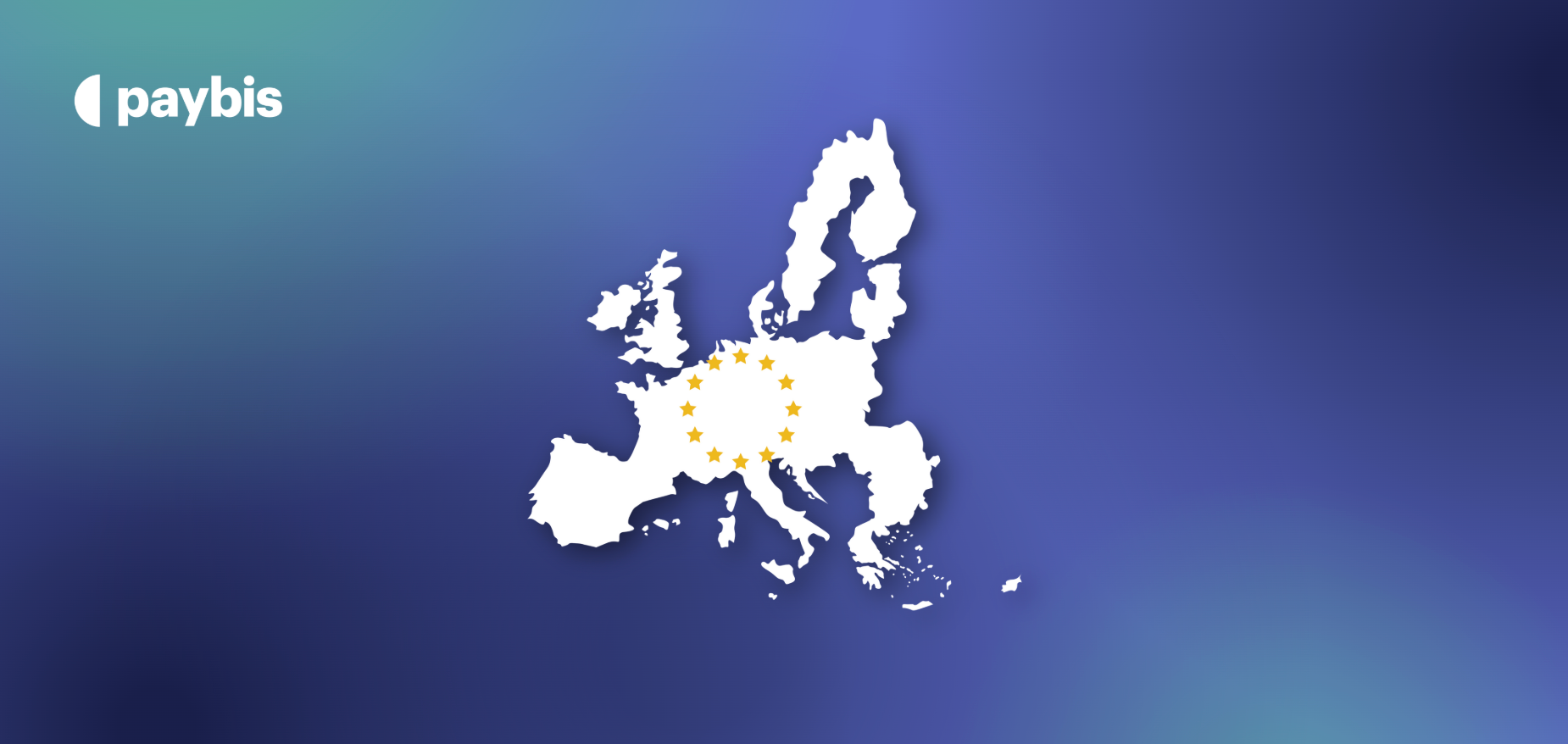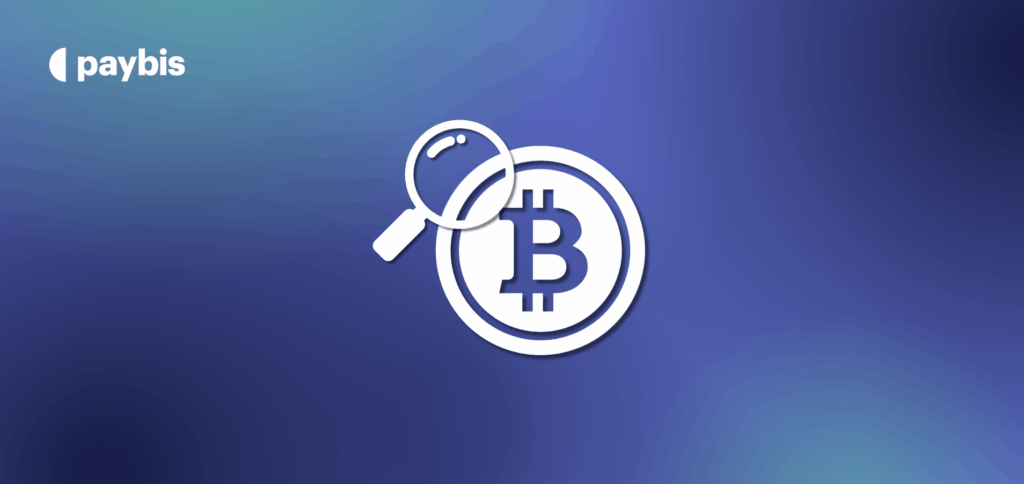Top Cryptocurrencies Shaping Europe’s Market in 2025
Nearly one in ten homes across the Eurozone now hold some form of cryptocurrency — a figure that would’ve seemed unthinkable just a few years ago. From Paris to Prague, Bitcoin and Ethereum have become household names, while newer entrants like Solana, Cardano, and Shiba Inu are reshaping Europe’s digital finance space.
Regulatory clarity through MiCA, growing institutional participation, and seamless fiat-to-crypto access are turning digital assets into a legitimate part of everyday financial life. In this article, we’ll explore the most popular cryptocurrencies in Europe in 2025.
Key Takeaways
- More Europeans are using crypto – almost 1 in 10 households now own some digital assets like Bitcoin or Ethereum.
- Bitcoin and Ethereum stay on top, as people trust them for saving, investing, and building new apps in DeFi.
- New coins like Solana, Cardano, and Shiba Inu are rising fast, thanks to quick transactions and active communities.
- Europe’s new MiCA rules make crypto safer and clearer, helping more people and businesses get involved.
- The market is growing and diversifying, mixing strong long-term projects with fun, community-driven coins.
Table of contents
- Europe’s Crypto Market in 2025: Where We Stand
- How Technology Is Shaping Europe’s Crypto Growth
- 10 Most Popular Cryptocurrencies in Europe (2025 Edition)
- 1. Bitcoin (BTC): Most Popular Cryptocurrency in Europe
- 2. Ethereum (ETH): Leading DeFi Coin in Europe’s Crypto Market
- 3. Shiba Inu (SHIB): Trending Meme Coin in European Markets
- 4. Ripple (XRP): Top Choice for EU Cross-Border Payments
- 5. Dogecoin (DOGE): Best Meme Cryptocurrency in Europe
- 6. Cardano (ADA): Sustainable Blockchain for European Investors
- 7. Solana (SOL): Fastest Blockchain for DeFi and NFTs in Europe
- 8. Polkadot (DOT): Multi-Chain Platform Powering Web3 in Europe
- 9. Chainlink (LINK): Key Infrastructure for European Smart Contracts
- 10. Litecoin (LTC): Popular Crypto for Payments and Transfers in Europe
- Final Thoughts
Europe’s Crypto Market in 2025: Where We Stand
Europe’s crypto market shows robust trading volume, supported by a wide list of exchanges and trading platforms catering to a growing base of investors and traders. The market cap of crypto assets in the region has seen significant expansion, with Bitcoin leading as the largest cryptocurrency by market capitalization.
Macroeconomic factors like interest rates and inflation have prompted many investors in EU countries to diversify their portfolios with crypto, seeking alternatives to traditional fiat currencies. The European Commission’s regulatory framework has provided much-needed stability, making Europe an attractive destination for crypto businesses and fostering a thriving ecosystem.
As a result, crypto trading activity continues to rise, with more countries and businesses participating in the digital asset economy.
How Technology Is Shaping Europe’s Crypto Growth
The rise of decentralized finance (DeFi) platforms has opened up new avenues for yield generation and crypto trading, while blockchain technology has enhanced the security and transparency of digital asset transactions.
European banks and financial institutions are increasingly exploring blockchain-based solutions, including the integration of crypto trading services into their offerings. The convergence of traditional finance and crypto asset trading is expected to accelerate market growth, providing investors with more options and greater access to digital currencies.
10 Most Popular Cryptocurrencies in Europe (2025 Edition)
Europe’s crypto investors show a mix of traditional loyalty and modern curiosity. Bitcoin and Ethereum remain the foundation of most portfolios, but emerging assets like Solana, Shiba Inu, and Cardano are catching up fast, driven by DeFi innovation, faster transactions, and community appeal. Here’s a look at the ten cryptocurrencies that dominate Europe’s trading charts and investor attention in 2025.
1. Bitcoin (BTC): Most Popular Cryptocurrency in Europe
Unsurprisingly, Bitcoin tops the list in Europe. According to the European Central Bank’s report Just another crypto boom? Mind the blind spots, an average of 9.7% of households in large euro-area countries own some form of crypto assets, underscoring the growing presence of digital currencies in the region.
For investors seeking diversification, Bitcoin may not move in sync with traditional assets. European investors typically seek exposure to Bitcoin as a way to diversify their portfolios and hedge against inflation. Bitcoin is also actively traded in Europe, contributing to its high trading volume. Unlike gold, BTC’s price often tracks technology stocks more closely.
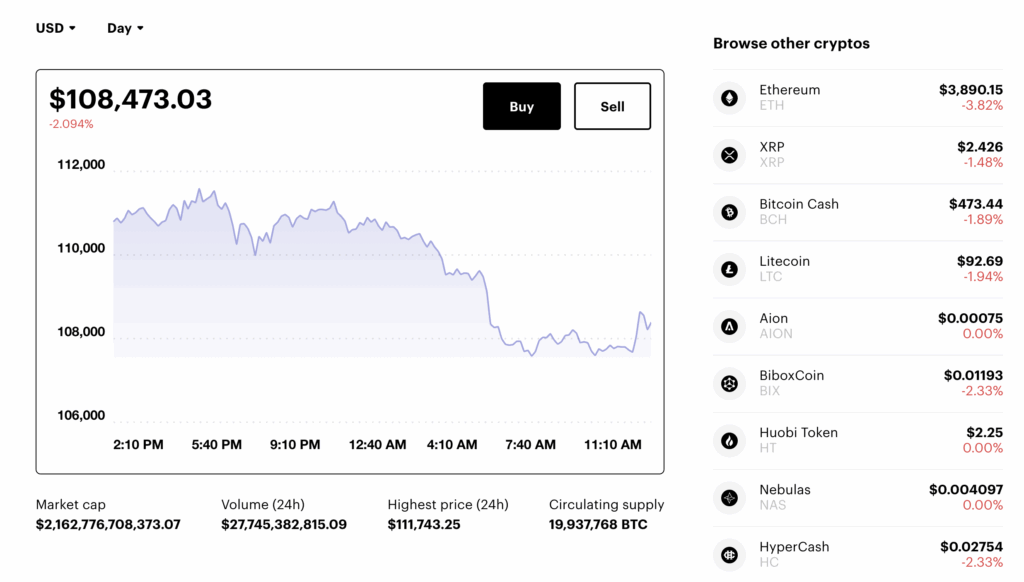
2. Ethereum (ETH): Leading DeFi Coin in Europe’s Crypto Market
What sets Ethereum apart is its smart contracts, self-executing agreements that run automatically when conditions are met. This allows developers to build decentralized applications (dApps) and even create new tokens using Ethereum’s ERC-20 standard. In other words, Ethereum is more than a digital currency – it’s a platform for innovation.
European institutional clients are increasingly using Ethereum-based ETFs and funds to gain exposure to the crypto market. Ethereum is a popular choice for both retail and institutional investments in Europe.
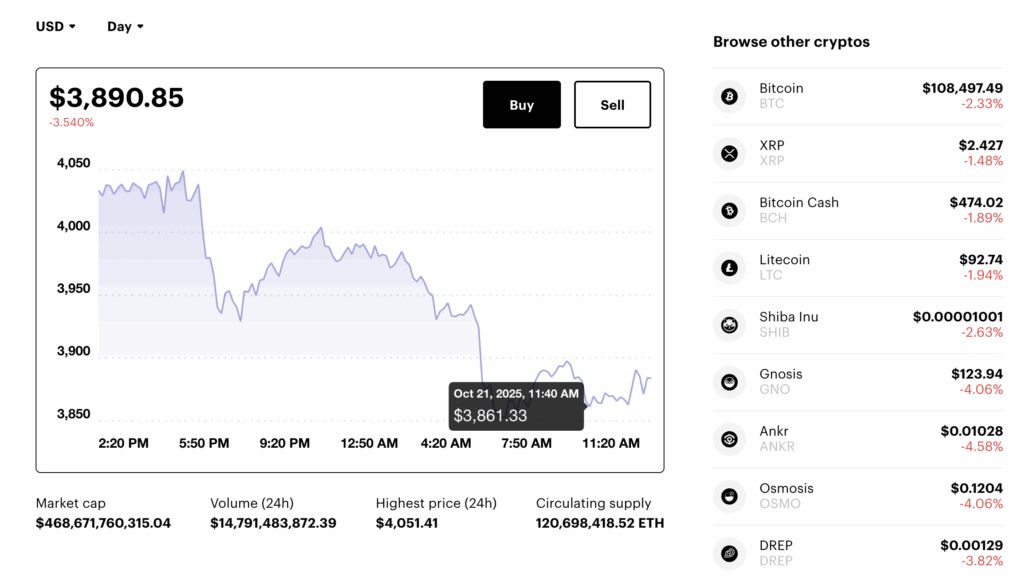
3. Shiba Inu (SHIB): Trending Meme Coin in European Markets
Shiba Inu started as a playful “Dogecoin killer” in 2020 but has grown into Europe’s third most viewed cryptocurrency. In Spain, Shiba Inu ranks among the most popular cryptocurrencies, with high search volume and strong interest compared to other coins.
This famous meme coin also offers ShibaSwap, a decentralized exchange for trading and staking, and Shibarium, a Layer-2 solution launched in 2023 that has already processed over a billion transactions, reducing fees and improving scalability.
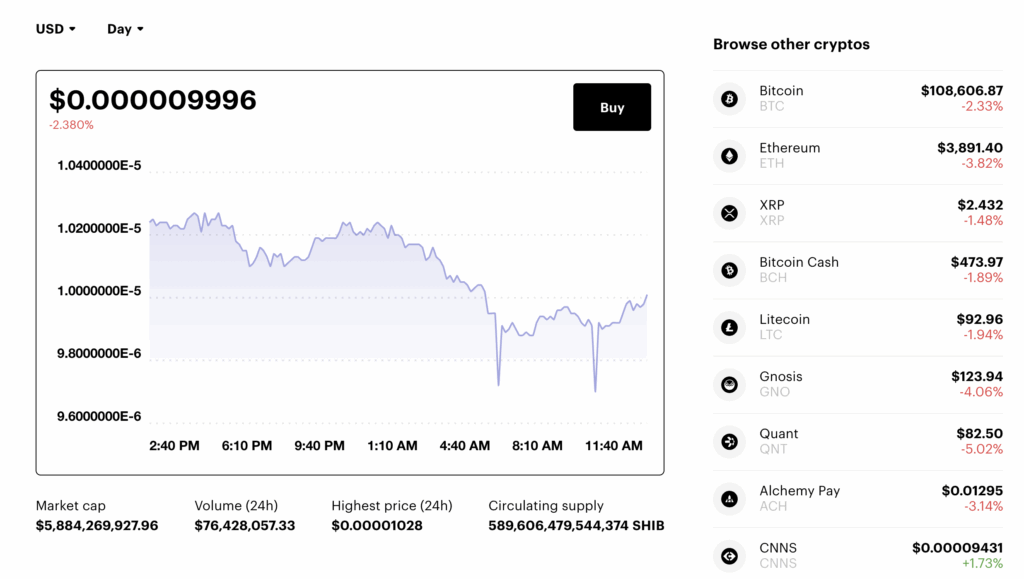
4. Ripple (XRP): Top Choice for EU Cross-Border Payments
Ripple operates on the XRP Ledger (XRPL), which can settle transactions in 3–5 seconds for less than $0.01. Unlike Bitcoin and Ethereum, XRP doesn’t rely on mining. It uses a Federated Consensus mechanism, making it energy-efficient and carbon-neutral.
Ripple is expanding across Europe, particularly under the Markets in Crypto-Assets (MiCA) framework. Luxembourg acts as its EU gateway, and Ripple has partnered with banks like DZ Bank and BBVA Switzerland to offer cross-border payments.
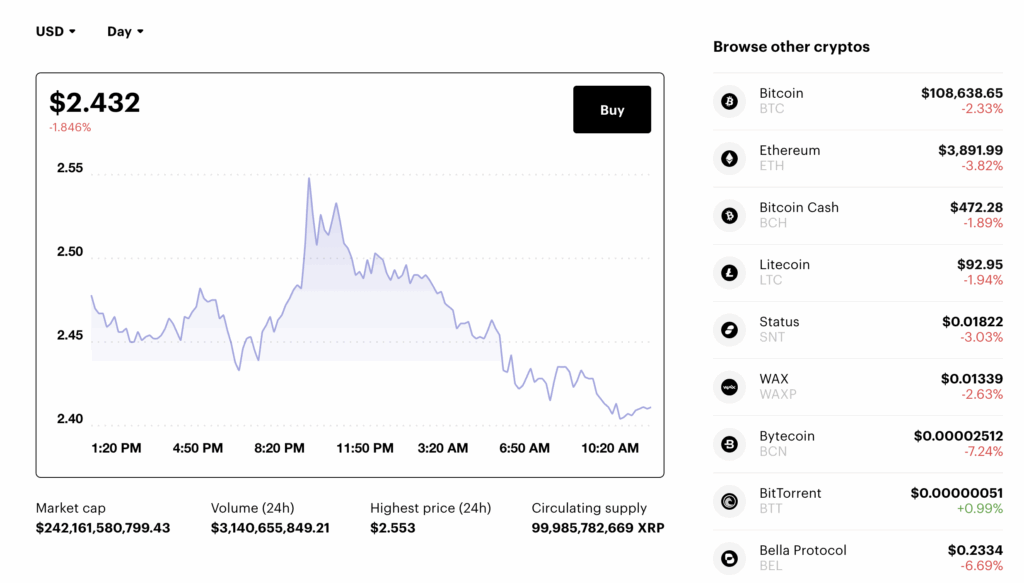
5. Dogecoin (DOGE): Best Meme Cryptocurrency in Europe
What began as a meme in 2013 has become Europe’s fifth most viewed cryptocurrency. Dogecoin is an open-source, peer-to-peer currency based on Litecoin’s blockchain. Its key feature? Uncapped supply, which ensures a steady creation of coins and faster transactions, blocks are processed every minute, making Dogecoin more accessible for everyday use.
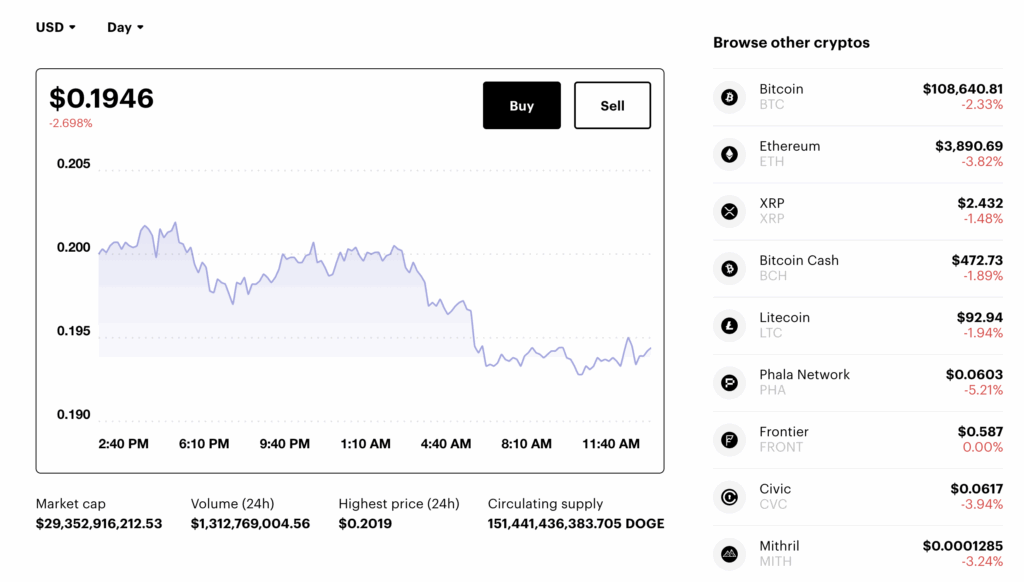
6. Cardano (ADA): Sustainable Blockchain for European Investors
Founded in 2017 by Ethereum co-founder Charles Hoskinson, Cardano is Europe’s sixth most viewed cryptocurrency. It stands out for its research-driven approach: every upgrade goes through peer-reviewed academic research, ensuring stability and reliability.
Cardano is a proof-of-stake blockchain focused on enabling innovation and positive global change. Its popularity in Europe has grown since OpenBank, a leading digital bank, added ADA to its portfolio, bringing crypto closer to mainstream finance.
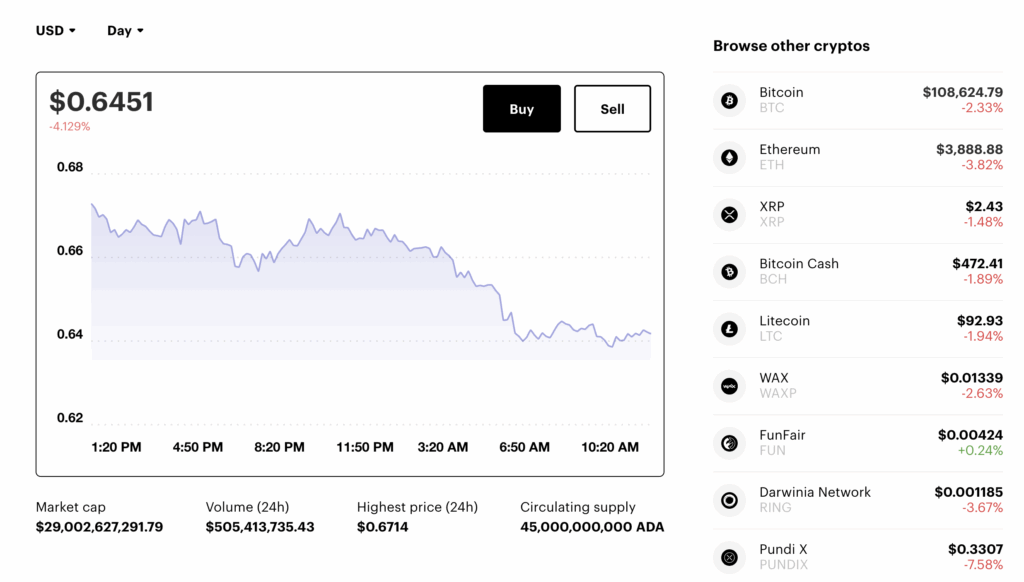
7. Solana (SOL): Fastest Blockchain for DeFi and NFTs in Europe
Solana is Europe’s seventh most viewed cryptocurrency, gaining attention for its high-speed transactions. Its hybrid proof-of-stake and proof-of-history model allows it to timestamp transactions without coordination delays.
Solana can process blocks every 400 milliseconds, making it ideal for trading platforms, gaming, and data-heavy dApps. European investment products like Solana ETPs manage assets close to $1 billion, highlighting strong market resilience.
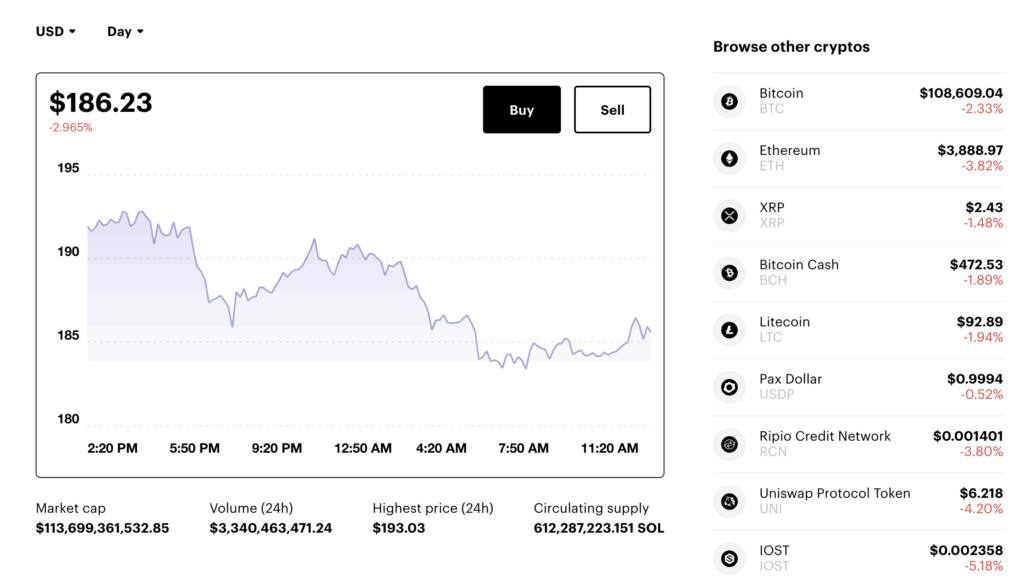
8. Polkadot (DOT): Multi-Chain Platform Powering Web3 in Europe
Polkadot, the “Internet of blockchains,” ranks eighth in Europe. Developed by Ethereum co-founder Gavin Wood, Polkadot connects multiple blockchains, allowing data and assets to move seamlessly across them.
Its DOT token has three roles: staking for security, governance, and linking parachains. Polkadot is especially valued in Europe for supporting decentralized web applications and multi-chain ecosystems.
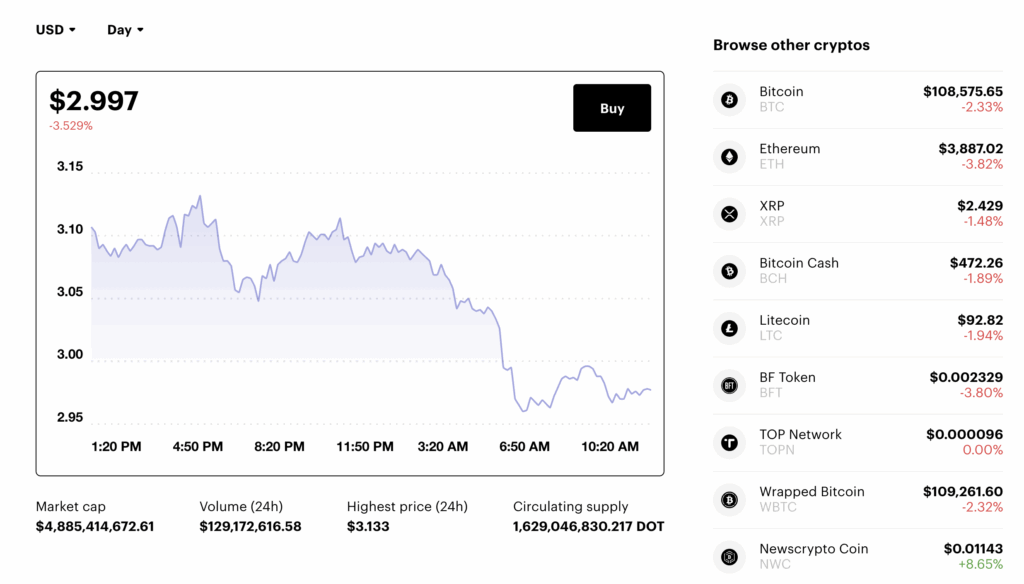
9. Chainlink (LINK): Key Infrastructure for European Smart Contracts
Chainlink is the ninth most viewed crypto and a leader in blockchain oracles, which connect smart contracts to real-world data. The platform addresses challenges like data access, liquidity, synchronization, and compliance, making it essential for DeFi applications.
Chainlink has partnered with EU-regulated platforms like BX Digital and 21X to improve cross-chain interoperability, allowing tokenized assets to flow between private bank chains and public DeFi networks.
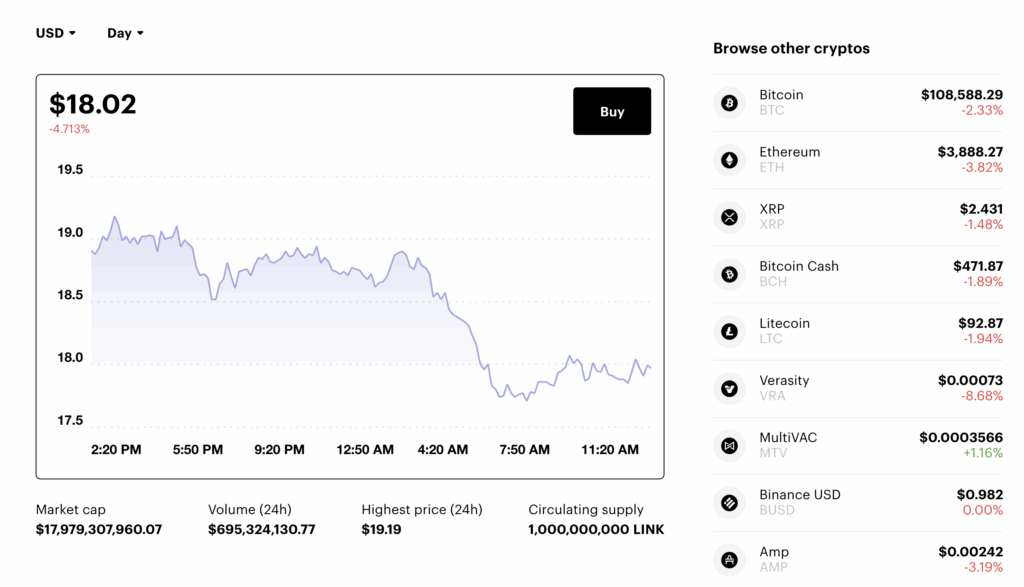
10. Litecoin (LTC): Popular Crypto for Payments and Transfers in Europe
Litecoin, often called silver to Bitcoin’s gold, rounds out Europe’s top 10. Created in 2011 by Charlie Lee, Litecoin processes transactions four times faster than Bitcoin – around 2.5 minutes per block vs. 10 minutes.
With minimal fees and widespread adoption (over 2,000 European merchants), Litecoin is popular for retail transactions and everyday use. Its fixed supply of 84 million LTC also gives it a predictable long-term value.
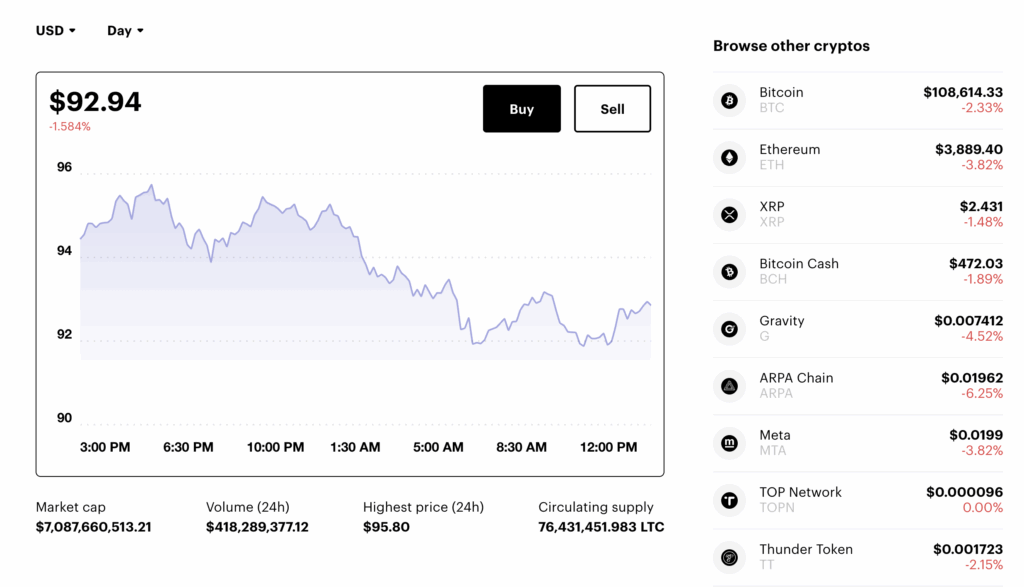
Final Thoughts
Europe’s crypto market in 2025 paints a clear picture of maturity and momentum. Bitcoin and Ethereum continue to dominate portfolios, while fast, scalable networks like Solana and Cardano drive innovation across DeFi, payments, and gaming.
Even meme coins like Shiba Inu and Dogecoin show how community dynamics keep crypto culture alive and evolving. With the MiCA framework bringing legal clarity and widespread access to compliant trading platforms, investors can now approach digital assets with greater confidence than ever before.
If you want to see other cryptocurrency prices, check out the Paybis Prices page!
FAQ
What cryptocurrencies are expected to dominate Europe in 2025?
In 2025, stablecoins (like USDC and euro-based tokens) are expected to dominate everyday transactions due to EU MiCA regulations favoring compliant issuers. Bitcoin (BTC) will likely remain the most trusted store of value, while Ethereum (ETH) continues to lead in DeFi and smart contracts.
If you’re interested in new cryptocurrencies, we have a dedicated article going over a list of cryptos for you to explore.
How aware are Europeans of cryptocurrency compared to actual ownership?
Awareness of cryptocurrency in Europe is very high — surveys show that over 90% of people in many major countries know what crypto is. But ownership is much lower: only about 9% of euro-area citizens currently own crypto assets.
Which cryptocurrencies are most popular for everyday transactions?
In Europe, stablecoins like USDT, USDC have become the most popular crypto for everyday transactions, making up around 75 % of crypto card transactions or retail purchases. Other frequently used cryptos include Bitcoin, Ethereum, Litecoin, and Solana for smaller spending and transport/food-related purchases.
How are European regulations shaping the crypto market?
Europe is setting the global standard for crypto regulation. The Markets in Crypto-Assets (MiCA) framework, coming into full effect in 2025, introduces uniform licensing, consumer protection, and anti-money-laundering standards across all EU states.
What role do meme coins play in Europe?
Meme coins remain surprisingly resilient. Shiba Inu (SHIB) and Dogecoin (DOGE) rank among the most searched digital assets in countries like France, Italy, and the UK. Their popularity often stems from online communities and social media trends rather than pure investment logic, yet they help draw newcomers into the crypto ecosystem.
Disclaimer: Don’t invest unless you’re prepared to lose all the money you invest. This is a high‑risk investment and you should not expect to be protected if something goes wrong. Take 2 mins to learn more at: https://go.payb.is/FCA-Info
